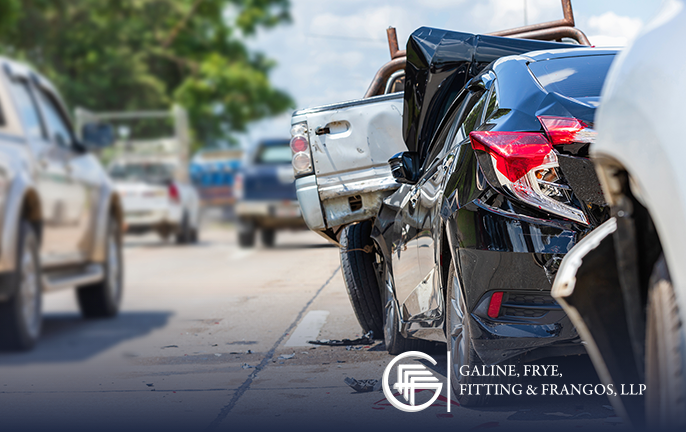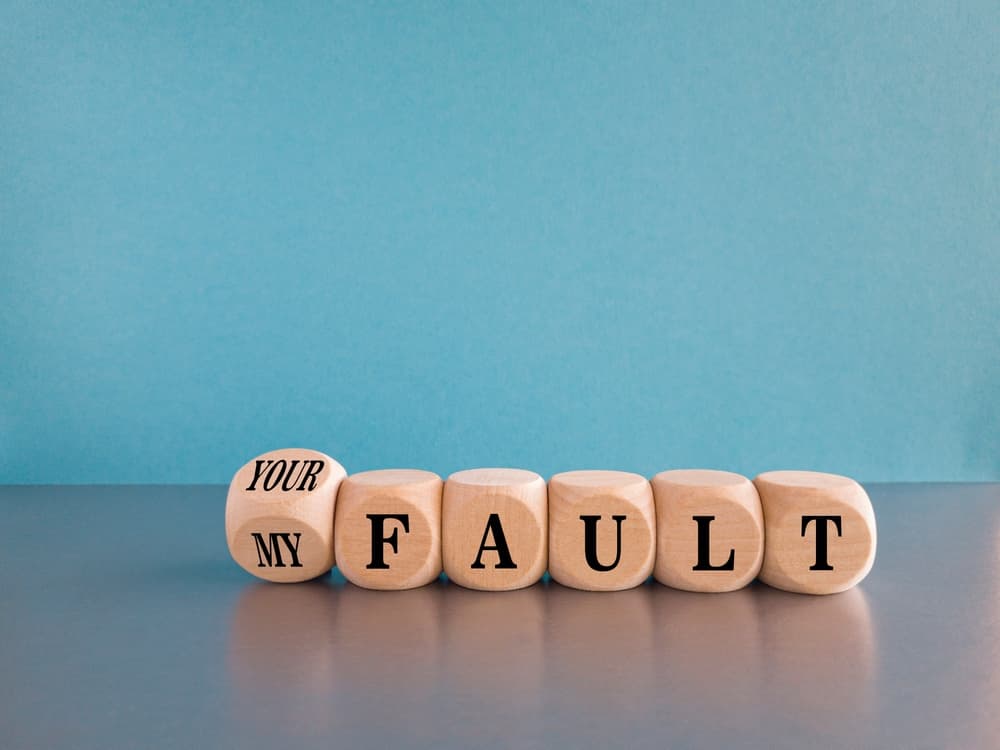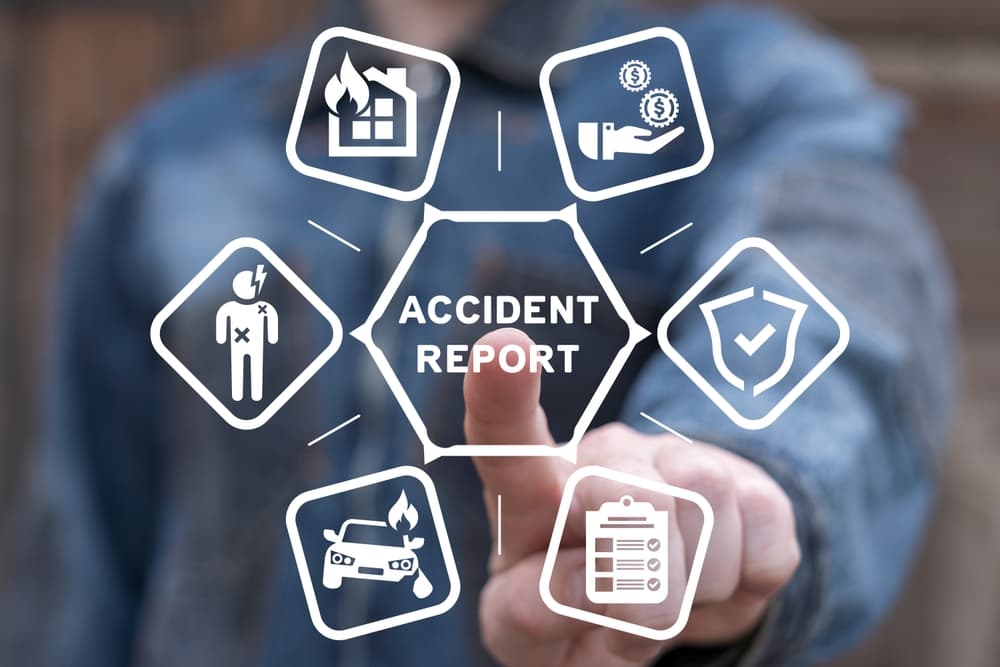Getting the Most from Your California Auto Accident Lawsuit, Even if Your Were Partly to Blame for the Crash
First and foremost, we all hope that, when we get into a vehicle, we won't be in a collision. Failing that, we all hope that, if we are in a crash, the evidence will show that we were free of any blame for the accident. Real-life accidents, though, are often filled with many actions by various drivers that impact who is at fault for the crash and who isn't, making the issue of liability one colored in shades of gray. If you were hurt in one of those not-black-and-white crashes, you need the help of a skilled San Mateo auto accident lawyer to get you everything you deserve.
The tragic accident that took the life of a Southern California man in 2016 was a real-life example of this concept within accident litigation. The man was headed from Pasadena to Burbank after attending a music performance when, in rainy conditions, he lost control of his vehicle on the rain-slicked 134 freeway. His vehicle left the roadway and crashed into a crash cushion attenuator.
In proper condition, a crash cushion attenuator would lessen the severity of an accident like this one. In this circumstance, however, the attenuator was already fully collapsed and offered no protection. The man died at the scene.
The estate of the deceased man had some very strong pieces of evidence on its side in its action against the California Department of Transportation. The proof showed that the attenuator was initially hit (and collapsed) on Feb. 18, 2016, more than two weeks before the man’s fatal crash, which meant it was more than one week in excess of CalTrans’s one-week standard for discovering and resetting a collapsed attenuator.
Using the Defendant's Own Rules and Standards to Strengthen Your Case
This last part was very helpful. In many cases, proving that the party you sued engaged in action (or inaction) that amounted to legal negligence is highly subjective and requires things like lots of expert testimony. However, if you are suing an entity that has its own standard for what is reasonable and proper – and the entity fell short of meeting its standard – then that proof can go a long way toward establishing that the defendant’s action or inaction made it culpably negligent.
All of that was very important because there was also some damaging proof that went against the plaintiff. The evidence showed that the man was driving too fast for the rainy road conditions at the time he lost control. Additionally, there was proof that he drank some beers during the music concert, that he smelled of alcohol at the crash scene, and that blood test results showed a blood-alcohol level of .082, just slightly more than the criminal legal limit.
That negative evidence led the jury to determine that the man was 31% at fault for the crash, but still held CalTrans 69% to blame. Because of the favorable proof the estate presented, including the severity of harm, the jury awarded more than $21.1 in damages. This meant that, even when reduced for comparative fault, the award was still over $14.6 million. (California is a “pure comparative fault” state, which means that you are entitled to recover a damages award, whether you were 1%, 31%, or 91% to blame, as long you proved the defendant was negligent to some degree and that the negligence caused you to suffer harm.)
There are many variables and numerous "moving parts" in most any injury lawsuit arising from an auto accident. To make sure you're getting the most you can from your case, rely on the skilled San Mateo auto accident attorneys at the Law Offices of Galine, Frye, Fitting & Frangos to be on top of all of those variables and "moving parts," and use them to your maximum benefit. To set up a free consultation with one of our helpful attorneys, contact us at 650-345-8484 or through our website.
YOU MIGHT BE ALSO INTERESTED IN
Car Accidents in the Bay…
Car Crashes More Prevalent On Certain Bay Area Roads Certain roads in the San Francisco Bay Area are…
View PostWho is At Fault for…
Some auto accidents put us at a higher risk of serious injury than others. T-bone collisions are one…
View PostWhat Can a Lawyer Do…
Another car hits yours and injures you. You need significant medical treatment and must take time off work.…
View Post

